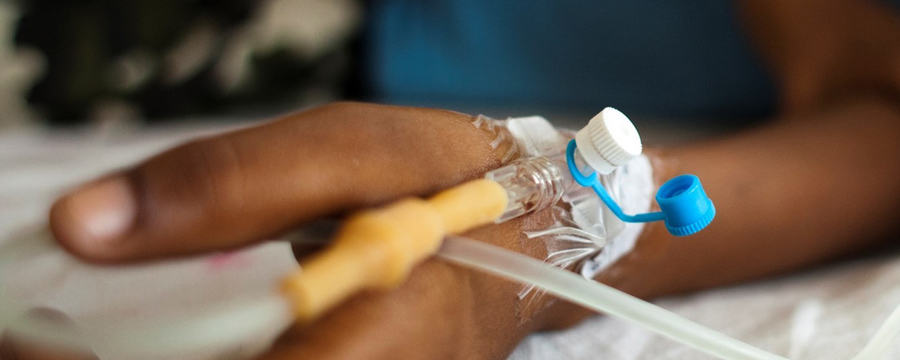Indicators (Surveillance and M&E)
As we saw in Step 4.2, the routine tracking of a programme’s performance is defined as Monitoring; the periodic assessment of change in a programme is defined as Evaluation; systematic …
New offer! Get 30% off one whole year of Unlimited learning. Subscribe for just £249.99 £174.99. New subscribers only. T&Cs apply
